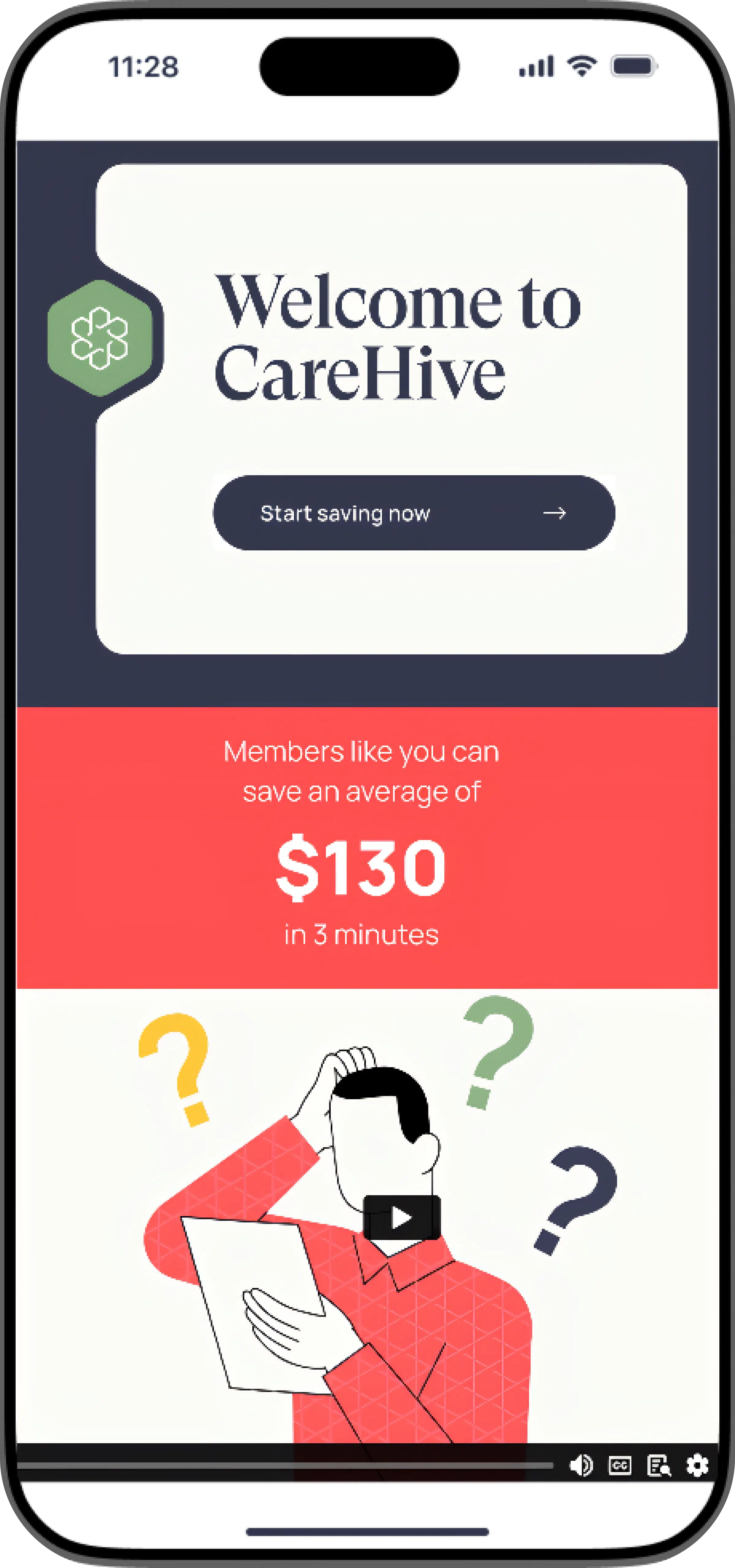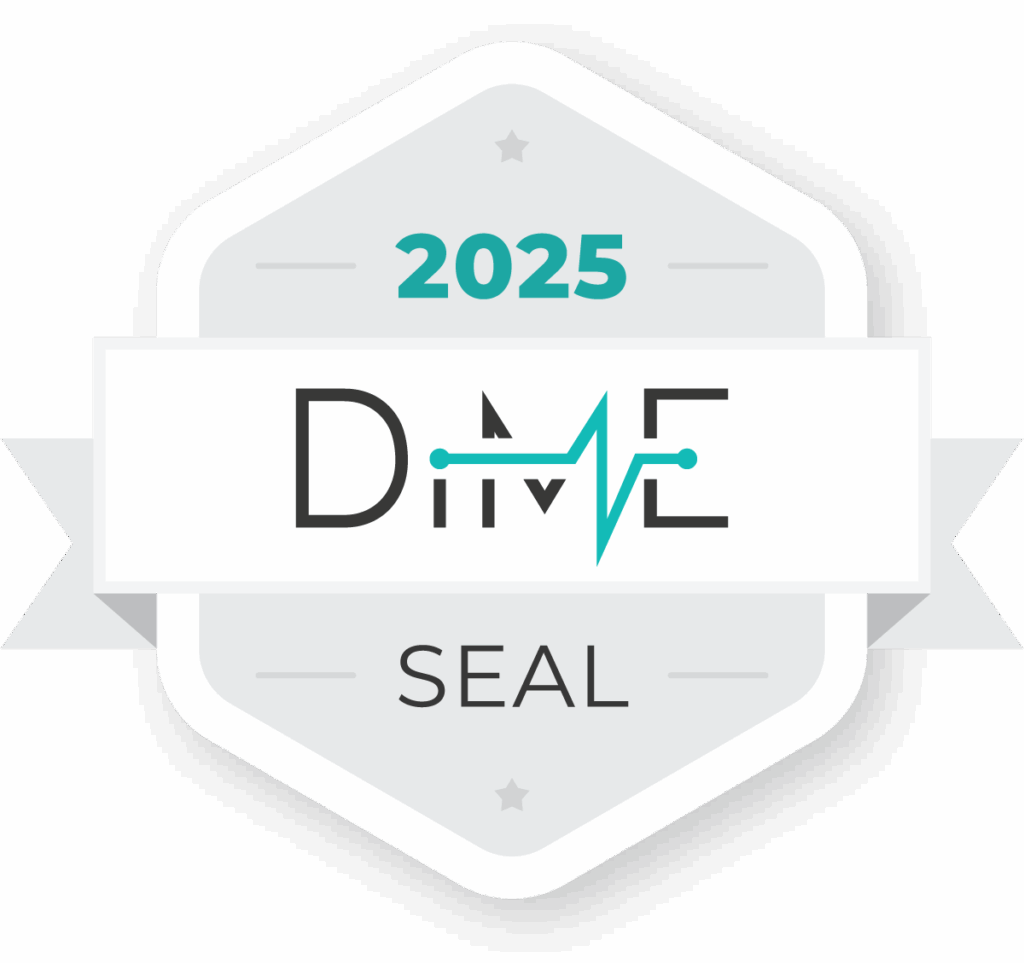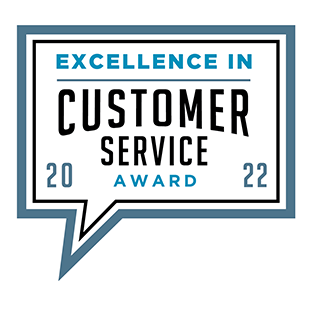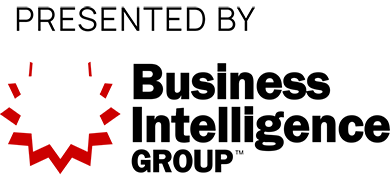Turn frustration and overwhelm into cost savings and higher satisfaction
- Proactive outreach to members with AI-driven recommendations
- Clear explanations of medical spending and the top ways to save
- Automated updates to a member’s provider team when new orders are needed
- Human navigator support for a white-glove, smooth experience every step of the way
- Regular recommendations from CareHive grow savings over time


I regularly saw my patients stress about how to save money. CareHive makes it really easy for all types of patients to save money on the care they need with the plan benefits they have. And we coordinate with patients’ providers, too, because providers need to focus on care. That’s why CareHive is here.
Dr. Ronald F. Dixon, MD
CareHive Founder and CEO
The CareHive combination

AI/machine learning
CareHive’s opportunity analysis identifies steerable services, which we translate into curated, personalized savings recommendations for members as well as health plans.
Behavior science framework
Healthcare is complex. Our digital, scalable experience brings together the capabilities, opportunities, and motivation members need to proactively engage and achieve savings.


Smarter steerage
We meet members where they are, with proactive outreach that guides them to their personal best ways to save. Streamlined provider communications, plus human navigators when needed, ensure members and their providers are fully supported.






